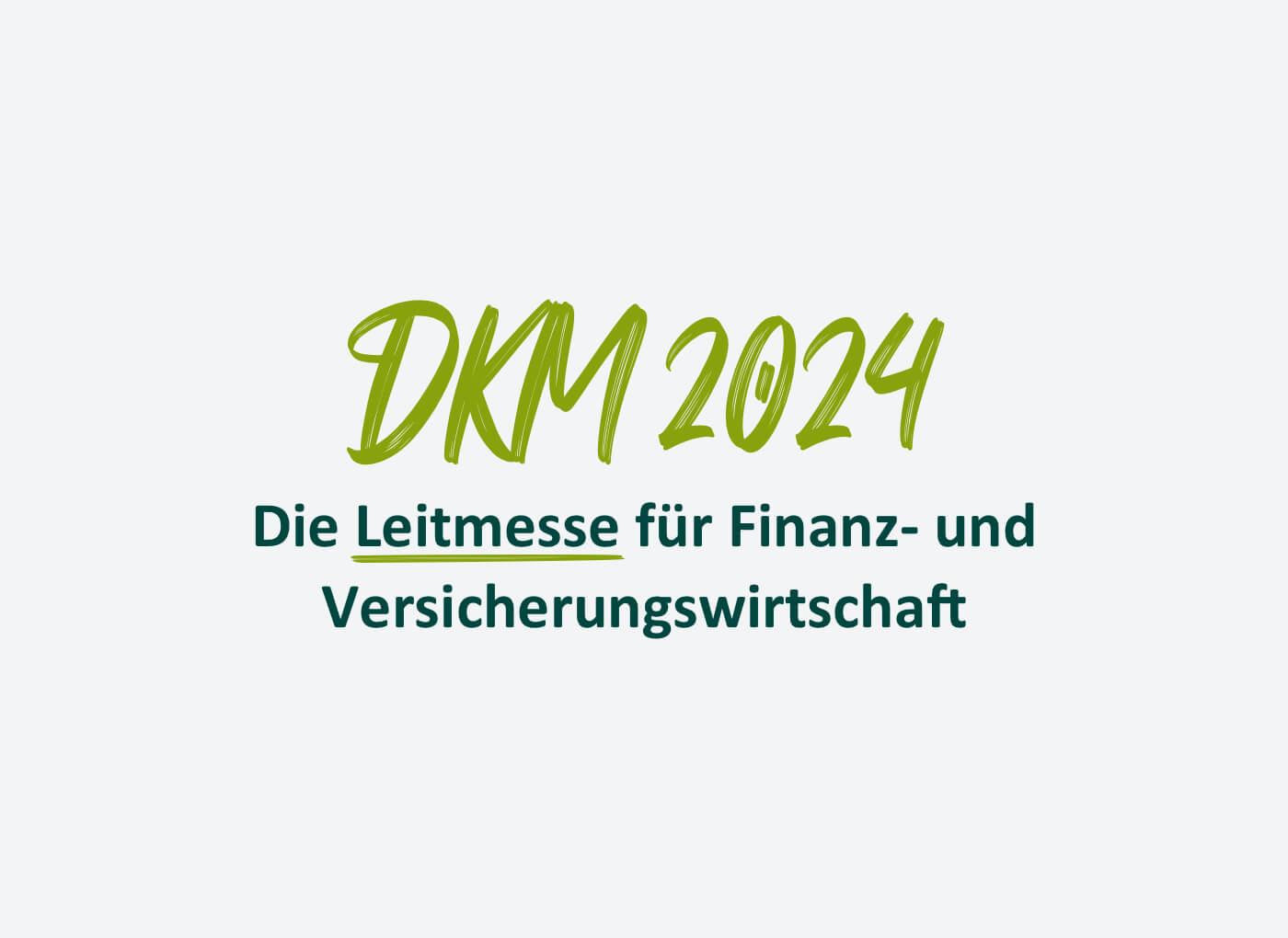
The future of urban living - A new movement focuses on micro-living and neighbourhoods
Property prices and rents for flats continue to rise in the major cities even after Corona. One reason is above all the enormous increase in single households. The number of elderly people will also increase. Europe's major cities will become places for singles and senior citizens. This has consequences for housing and cohesion. The demand for smaller housing units and communal living will increase. Innovative and unusual solutions are needed.
Tiny-Living focuses on flexible co-housing
More singles and senior citizens lead to new social challenges: Loneliness is increasing, especially among younger and older people. According to studies, those around the age of 30 and those over 80 are particularly affected. Housing is becoming a double social issue: in addition to affordable rents, attractive neighbourhoods are also important. What is needed are socially and ecologically sustainable innovations. One answer to the trend of single households is condensed and networked living. “Tiny-Living” began as a trend in the USA in the 1990s. It is about small, flexible housing units with a great quality of life. Generations Y and Z, but also the baby boomers, want to live differently. They are interested in more community, sharing offers, (possibilities to share something)?. Offices become co-working, cars become co-mobility, gardeners become co-gardening and kitchens and living rooms become co-living.
Europe’s largest settlement for ecological, minimalist and inclusive living is being built in Hanover. The grassroots democratic project focuses primarily on three target groups: “Young radicals” who want to live a reduced life. Senior citizens who want to avoid loneliness or poverty in old age and the middle generation who are looking for a new balance between self-determination and community. In the “Ecovillage” around 500 units for up to one thousand residents are to be built. The project is organised as a cooperative, social housing, thanks to state funding, makes the project not only cheaper, but also multicultural and inclusive. The aim is to prevent high-income earners from getting a cheap condominium. The new urban construction responds to a new need of city dwellers: sharing instead of ownership. Their new forms of organisation are very old: cooperatives and communities.
Connecting people who do not belong together
This is how the idea of the Circular City is gaining acceptance: To connect people and things that at first glance do not belong together. It is about social exchange and the continued use and re-use of things. The “clash of spaces” between the different lobby groups (housing, allotment gardeners, tourism) is to be avoided by consistently implementing the goal of “less space, more quality of life”. Residents become neighbours. What the new projects have in common is that they are not primarily concerned with “good housing”, but with building good neighbourhoods. Previous housing concepts have been introverted and inward-looking, aiming to reflect the outside world in the private home: “My garage, my car, my family, my garden. The new concepts are a response to the need for neighbourhood and community and the trend to conquer the world by leaving your own four walls.
A new Bauhaus movement?
A hundred years ago, the Bauhaus movement posed the question of how buildings should be designed so that they provide a social service to society. Today it is about solutions that incorporate urban infrastructure. Living on 15 to 20 square metres in an urban space only works if there are well-equipped libraries, meeting rooms and opportunities to share. Co-Living is becoming a new living model, not only for students and young people. Shared flats for working people and older people are also becoming more popular, as are multi-generational houses. Flatshares for Senior citizens combine the elderly people’s need to live in their own four walls and not in a home for as long as possible with the need to provide good and efficient care. The flatshares are supported by technological advances in Ambient Assisted Living (AAL) and the Smart Home. In the long term, flatshares will replace homes for the elderly.
Cluster Living: living alone within a community
The new public-interest housing is aimed not only at people with below-average incomes like traditional social housing, but at all social milieus and lifestyles. The success of the new projects and neighbourhoods lies in “cluster living”: living alone within a community. It is only the diversity of housing and lifestyles that makes a big city worth living in and attractive. “It is the people, not the houses, that make the city”, said Perikles when the Acropolis in Athens was rebuilt more than 2000 years ago. Building homes is always about relationships. Neighbourhoods and communities are created when they succeed.






